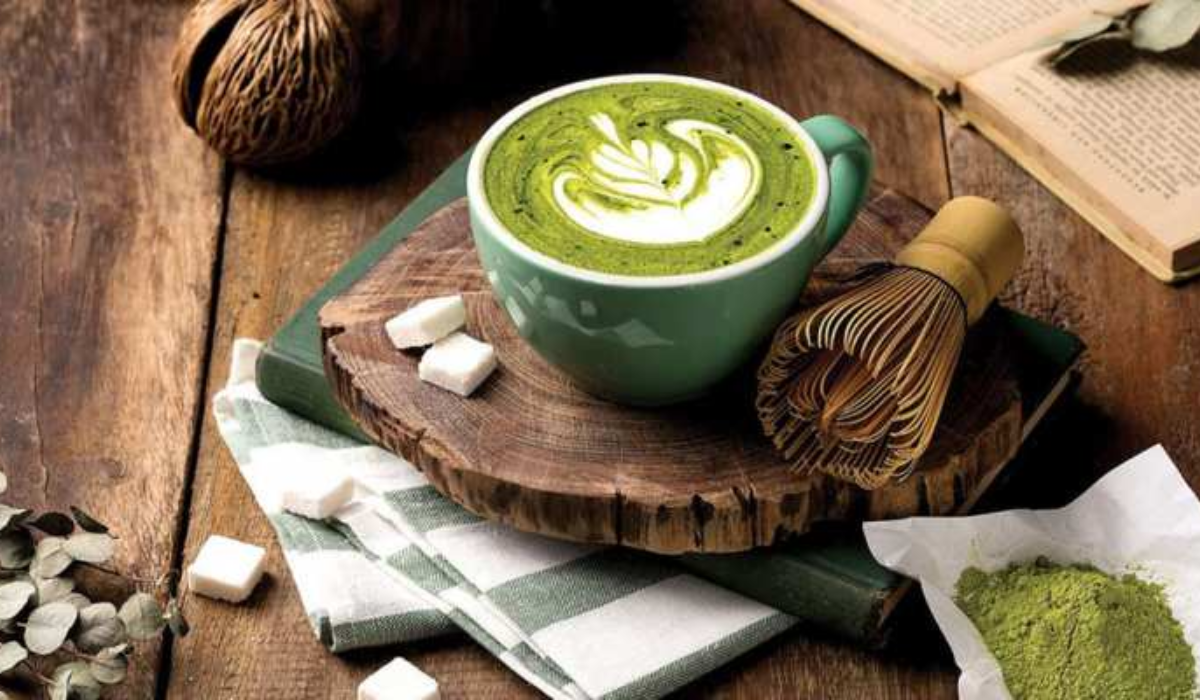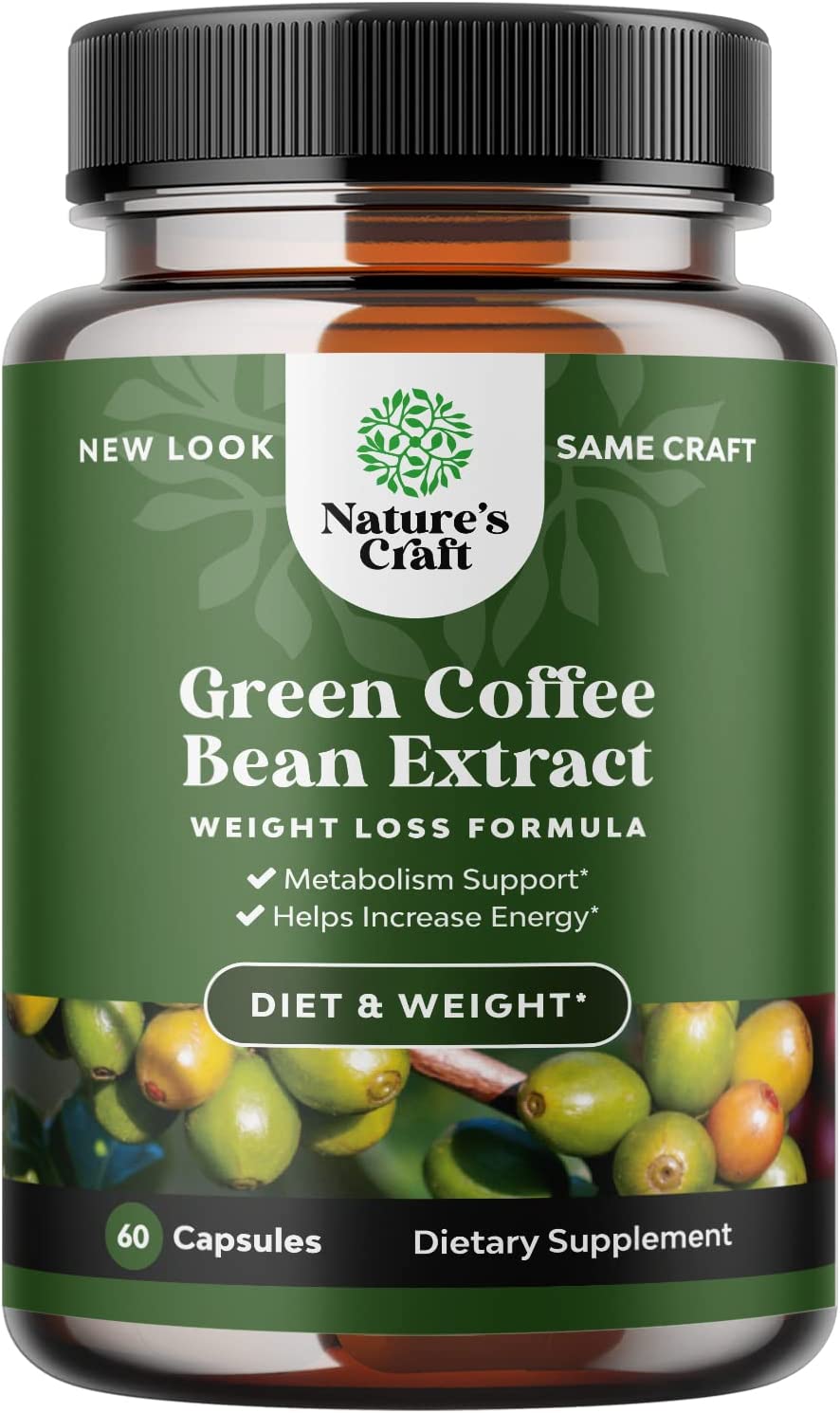One of the most popular drinks in the world is coffee; whether you want your coffee hot or cold, the coffee industry has you covered. While some coffees have already developed a specialized market, others, like green coffee, have only recently started gaining popularity, particularly in the health and fitness industry. Green coffee and other foods focusing on health are gradually making their way onto consumer tables as health consciousness grows.
You must first obtain a bag of green coffee beans if you wish to deal with raw green coffee. Before you sip a glass, they must be soaked, boiled, then strained. There isn’t a scalding hot brewing procedure like with roasted coffee beans. Green coffee also has an entirely distinct flavor. It’s sometimes called grassy and bitter, and because it contains many acids, it could upset sensitive stomachs.
What is Green Coffee?
The beans formed inside the pods (or cherries) of a Coffee plant are known as green coffee because they are entirely unroasted, pure, and have a grassy flavor. Green coffee beans are contained in each pod in pairs (or seeds). Even the browned color and distinctive crack on the coffee bean are products of the roasting process, so the taste and appearance are essentially unrecognizable from the final product we know and love.
These tiny green pods were seen as tasteless and useless long before they were transformed into the golden roasted delight that adorns our drinks.
The raw coffee beans do, however, still have a few applications. These beans are used to make decaffeinated coffee using the Swiss Water method. Some individuals also assert that green coffee extract can function as a supplement for weight loss.
Many organic materials in unroasted green coffee beans are broken down during roasting, eliminating some antioxidants and health advantages, including chlorogenic acid. Arabica beans are the most common coffee beans, while the popularity of the Robusta variety is rising.
What does Green Coffee Taste Like?
When correctly prepared, green coffee has a gentler, lighter flavor than regular coffee and a small amount of thickness. Although some people call the taste “grassy” or compare it to green or herbal tea, it’s not the same.
Also, it has higher acidity than roasted coffee. Even coffee brewed from raw green beans doesn’t appear like coffee, and it is typically amber in hue, perhaps with a tint of green. But those are only outward differences. Whether roasted and green coffee has the same chemical properties is crucial, at least when considering the health and medical benefits.
What Makes Green Coffee Different?
Chlorogenic acids are substances found in coffee beans. These acids are present in many other foods, including blueberries, tomatoes, and eggplants, but coffee contains higher concentrations than all of them combined.
- Strong antioxidant properties are well-known for chlorogenic acid and caffeic acid, one of their metabolites that has no connection to coffee. Many of coffee’s health advantages are thought to be a result of the presence of these acids.
- But when you roast coffee beans, something odd happens. Their amounts of chlorogenic acid drastically decrease as they gain flavor.
- Or, to put it even more simply, green coffee is healthier for you than roasted coffee because it contains significantly more of the components linked to health benefits than roasted coffee. Additionally, green coffee contains less caffeine than ordinary coffee.
- Since different bean kinds and roasting techniques all have an impact, generalization is difficult. The amount of caffeine in coffee is gradually reduced by roasting the coffee beans; black roast, for instance, contains less caffeine than light roast.
- The amount of caffeine in coffee brewed from raw green coffee beans, which have not been roasted at all, will therefore be slightly higher than that of light roasts and significantly higher than that of the darkest roasts. (A green coffee extract is an exception; using it will reduce caffeine intake.)
- It’s time to move on to the parts of this post that most readers are interested in now that the comparisons have been finished.
Is Green Coffee Healthy?
Here are the health benefits of green coffee:
Blood Sugar and Diabetes
Green coffee (or its extract, taken as a supplement) has been shown in several trials to improve fasting blood glucose levels, triglyceride levels, and total lipid profiles, all of which are closely related to the onset or management of type 2 diabetes. The antioxidant-rich chlorogenic acids in green coffee have also been shown to treat metabolic syndrome, one of the leading causes of diabetes, and increase insulin sensitivity in prediabetic patients. Both lean and obese study participants experienced the effects.
Blood Pressure
Numerous studies and clinical trials have demonstrated how green bean coffee extract and chlorogenic acids can help people with hypertension lower their blood pressure while also increasing the function of their blood vessels. Although using alternative medical treatments to treat illness or disease should always be approved first by your primary healthcare provider, green coffee extract or dietary supplements may be a beneficial component in the treatment of hypertension.
High Cholesterol
A meta-analysis of studies on the efficacy of green coffee bean extract in lowering cholesterol levels reveals considerable potential for the strategy. Patients taking green coffee extract supplements improved their LDL (bad cholesterol), HDL (good cholesterol), and total cholesterol.
Other Possible Health Benefits
There have been conflicting results from studies on the efficacy of green coffee or its extract in treating various diseases or health issues.
However, studies on the effects of chlorogenic acids or green coffee on bacterial infections, cognitive function, and neurodegenerative diseases like Parkinson’s and Alzheimer’s have shown some encouraging findings.
The chlorogenic acids in green coffee may be able to treat skin cancer and more severe types of the illness like lung, liver, breast, and colon cancer, according to encouraging preliminary animal or test tube research.
Additionally, as we’ve already discussed, chlorogenic acids are potent antioxidants that have the potential to counteract free radical damage, which can seriously harm the body and play a role in the onset of many diseases.
Possible Side Effects of Green Coffee
Not all healthful foods or supplements are innocuous; many of them could have adverse effects. Green coffee is no exception, but any negative consequences are relatively mild.
- The presence of caffeine in green coffee accounts for the first, which is clear. Most people tolerate moderate coffee doses, but excessive use can cause anxiety and trouble sleeping.
- Since everyone responds to caffeine differently, there is no standard for how much green coffee is “too much.” The dividing line appears to be four or five cups each day.
- Conversely, the chlorogenic acid in green coffee can lower blood pressure. Too much caffeine may raise blood pressure.
- People using drugs to manage hypertension may experience problems due to these contradictory effects. Therefore they should consult a doctor before including green coffee or green coffee supplements in their regular regimen.
How to Consume Green Coffee?
Green coffee extract is available in four forms: whole beans, ground, powdered, and capsules. In some coffee businesses, notably Starbucks, you may also purchase it by the cup; if you choose this option, the caliber of the coffee will rely on the beans they use and the baristas who make it.
Both green coffee capsules and powder are meant to be taken as dietary supplements. Of course, you consume the tablets, and you can combine the powder with water or any other beverage of your choice. It’s easy to make coffee from ground fresh green coffee beans. For 10 minutes, steep the coffee grinds in hot (but not boiling) water. Then drain and sip. The most effective grain is one that is medium fine.
The procedure is nearly as simple but takes a little longer if you use raw green beans that haven’t been ground.
Coffee experts will tell you that higher-quality beans result in better coffee, and this is especially true for green coffee because roasting is not a factor.
The most excellent raw green coffee beans come from places like Ethiopia (full-bodied) and Guatemala (smoother). Still, as long as you buy from a reliable coffee provider, you should be able to get the majority of the health advantages and distinctive flavor of green coffee.
Green Coffee vs. Gold Coffee
More so than its flavor, green coffee is renowned for its possible health advantages. Different options are available if you want more antioxidants without the grassy taste.
Gold coffee has several advantages over green coffee:
- Lightly roasted for a smooth taste with no bitterness
- High levels of the antioxidant chlorogenic acid for health benefits
- Easy on the digestive tract
- An increased amount of caffeine
- Lower acid levels than green coffee
- Delicious without additives
Features:
- Natural Energy Pills for Adults – Unlike standard caffeine pills, our energy supplements contain vital antioxidants to keep you performing your best, mind, and body.
- Rich in Nutrients – Antioxidants, nutritional supplements offer many benefits and may also work as a mind supplement for focus, energy, memory & clarity to help give you the boost you need all day long
- Stay Sharp – Improve your focus and understanding with our cognitive enhancer green coffee pills, which work as supplements for memory to give you that extra performance edge for work, studying, and more.
- Superfood – Get that perfect glowing skin with the help of green coffee by locking in moisture thanks to chlorogenic acid, which helps protect the skin offering many anti-aging benefits for men and women.
- Premium Quality – Expect nothing but the best with our maximum strength health supplements to increase performance and appearance without unnecessary fillers, binders, or unnatural preservatives.
Conclusion
Regular coffee beans that haven’t been roasted are known as “green coffee beans” since they are still entirely uncooked. Although their extract is well-liked as a dietary supplement, green coffee beans can also be bought whole and utilized to make a hot beverage, similar to roasted coffee.
Be aware that this light green beverage has a considerably milder flavor than the roasted coffee you are accustomed to. It’s claimed to taste less like coffee and more like herbal tea. Even though their origins are identical, their chemical composition differs significantly from that of roasted coffee.
It is rich in chlorogenic acids, which have significant anti-inflammatory and antioxidant properties and may have various health advantages. Trim levels of chlorogenic acid are also present in roasted coffee products, but most of it is lost during roasting.




